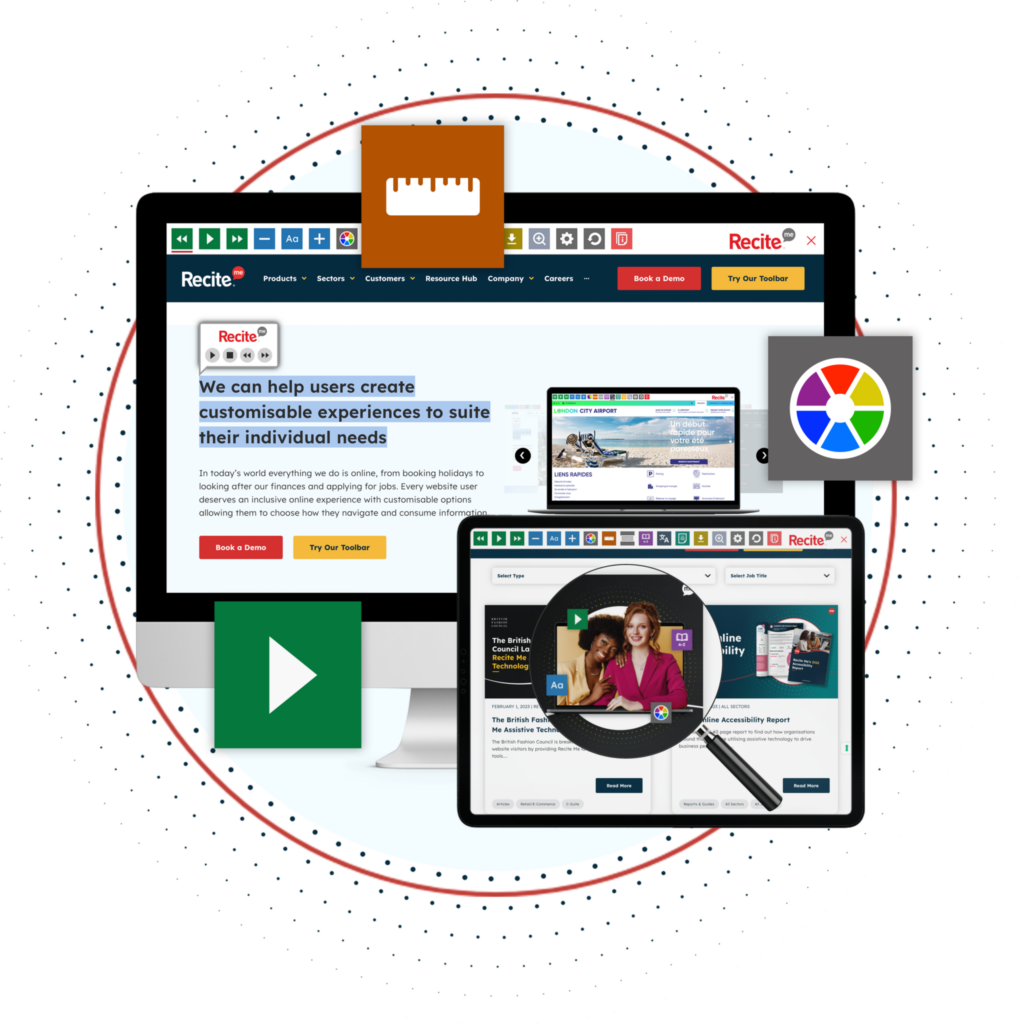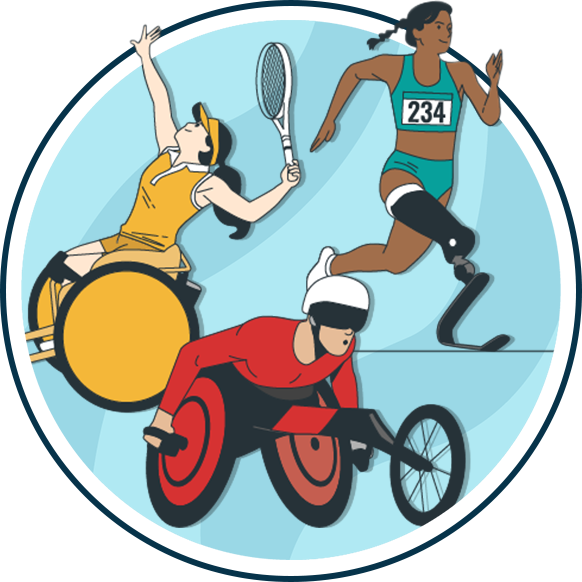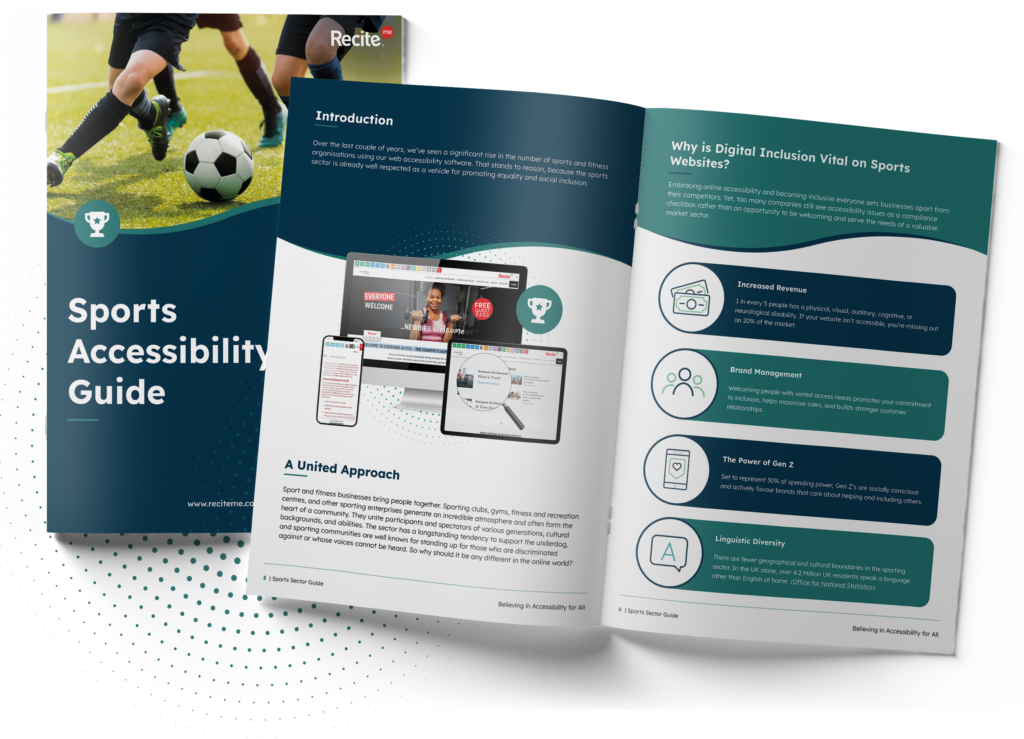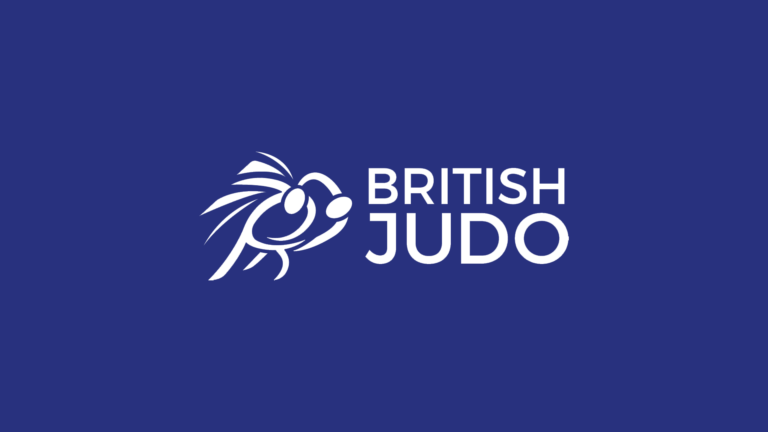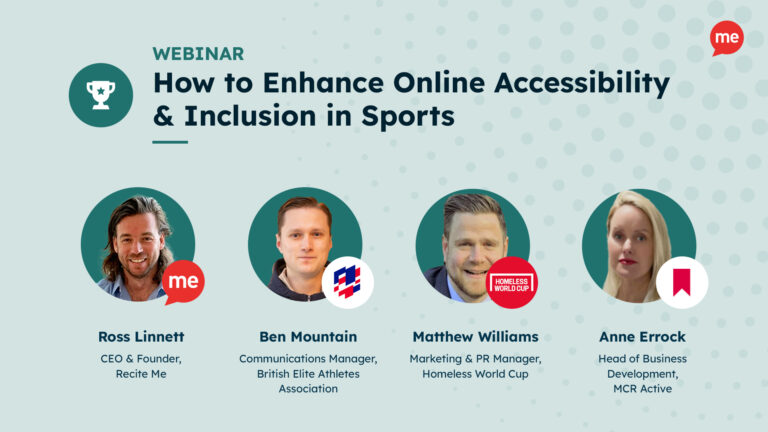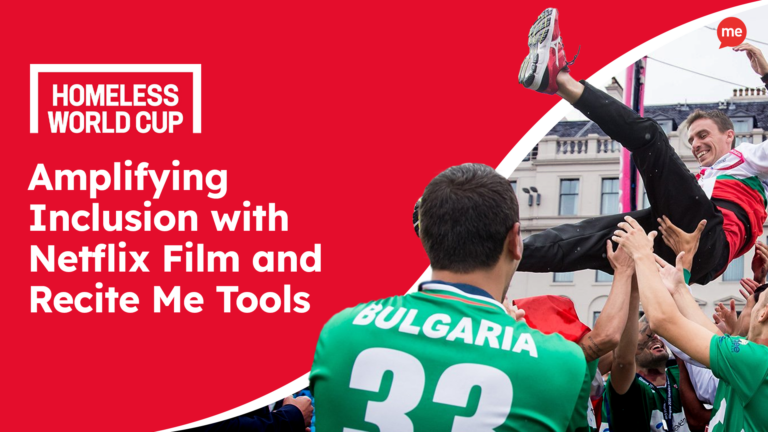Get Your Free Accessibility & Inclusion Toolkit
Download NowThe sports sector is littered with obstacles that hinder equal participation for individuals with disabilities. And we don’t just mean in the sense of training and competitions – although ensuring athletes with disabilities are supported is essential. Disability barriers in sport extend beyond the parameters of active participation, presenting unique challenges that also apply to fans, viewers, and supporters.
Let’s take a deeper look at the spectrum of disability barriers that permeate the sporting realm and discuss how we can dismantle them to improve access and enjoyment for a broader community.
What is a Disability Barrier?
In its broadest sense, a disability barrier is any obstacle that impedes full and equal participation in any aspect of sport for individuals with disabilities. Disability barriers manifest in various forms, creating a complex web that requires thoughtful consideration to ensure equal access for everyone.
Types of Accessibility Barriers in Sports
Sporting clubs and businesses like gyms and fitness centres are renowned for bringing people together and fostering a strong sense of community. However, different types of accessibility barriers prevent individuals with disabilities from participating fully.
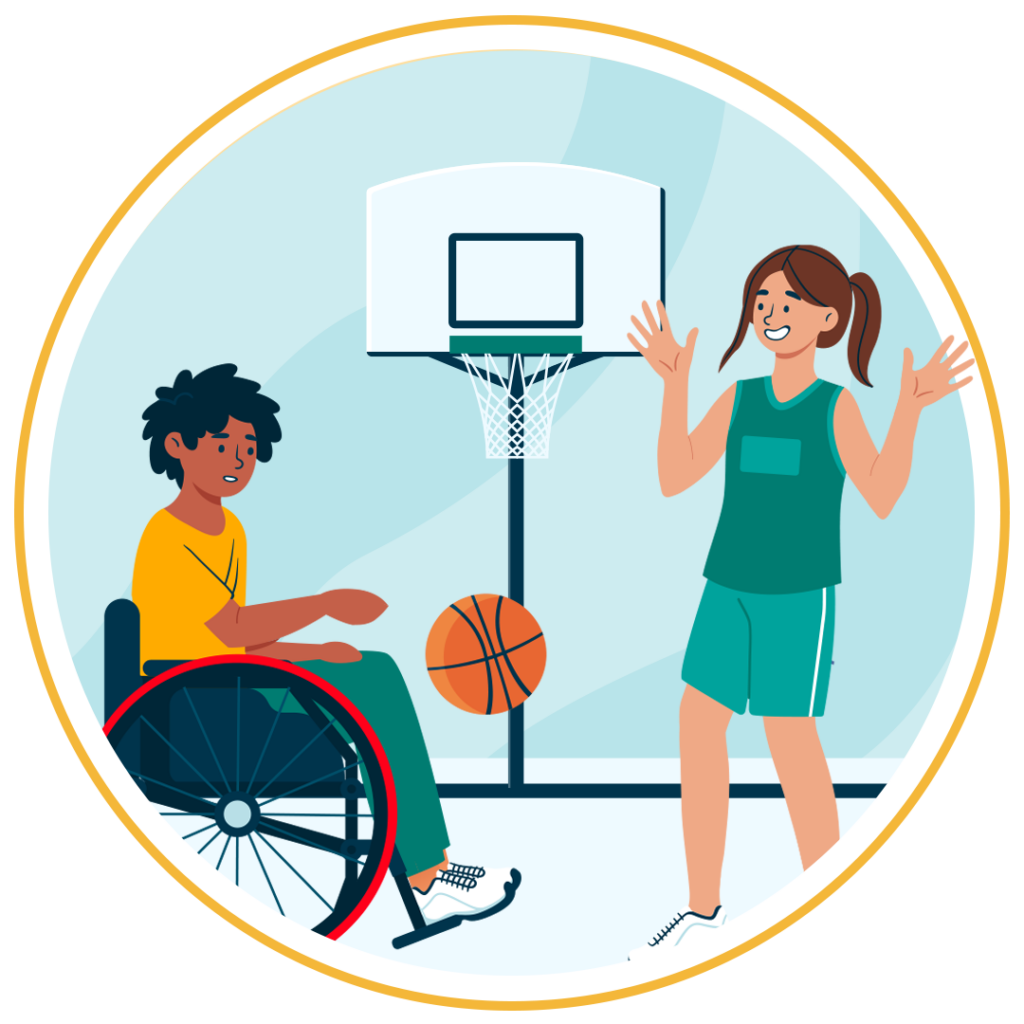
Physical Accessibility Barriers
Physical barriers encompass obstacles rooted in the tangible aspects of sporting environments. Examples include:
- Inaccessible facilities – From locker rooms to spectator zones, all areas of sporting facilities should be accessible. Yet, some sports venues lack the necessary accommodations, creating hurdles for athletes and supporters with mobility impairments.
- Equipment limitations – Traditional sports gear isn’t always compatible with diverse needs. For example, spacing between pieces of equipment may limit manoeuvrability for wheelchair users, while brightly coloured or visually complex equipment may be overwhelming for individuals with sensory processing disorders.
- Communication issues – Lack of alternative communication methods create barriers for people with hearing impairments. For example, sports that heavily rely on referees’ whistles and lack sufficient sign language interpretation may be hard to follow.
Logistical Accessibility Barriers
Logistical barriers involve challenges related to the practical aspects of becoming immersed in the sporting community. Examples include:
- Website accessibility – Sports businesses without accessible websites make it challenging for individuals with physical, cognitive, and neurological disabilities to access information, buy tickets, renew memberships, etc.
- Information gaps – When details about sports schedules and events are incomplete or presented in an illogical way, individuals with cognitive disabilities find it challenging to comprehend the context, making it hard to plan attendance.
- Transportation hurdles – Inaccessible transportation affects the ability to travel comfortably to and from sporting events. Journeys within sporting venues can also be problematic – like getting from parking to seating areas, for example.
Psychological Accessibility Barriers
Psychological barriers relate to misconceptions and societal attitudes that affect the mental aspects of sports engagement. Examples include:
- Stigma – Preconceived notions about the capabilities of athletes with disabilities create psychological tension and lead to negative stereotyping.
- Under-representation – Limited visibility of disabled athletes in mainstream sports media limits the emergence of new talent. This lack of representation also translates to limited career options in sports management, coaching, and commentary.
- Social isolation – Being excluded as a participant, spectator, or supporter often means individuals with disabilities also feel excluded from sports-related social gatherings, exacerbating feelings of isolation.
Download our Sports Accessibility Guide
Read more on why website accessibility is important to sports businesses, who needs support online, the type of access barriers users face, our top tips for an inclusive sporting website.
Solutions for Overcoming Accessibility Barriers in Sport
Enhancing diversity and inclusion in sports is becoming an increasingly important consideration for organisations in the sports industry. There are several proactive steps sports businesses and sporting organisations can take to enhance accessibility for people with disabilities and reduce discrimination in sport. Here’s a comprehensive list of strategies.
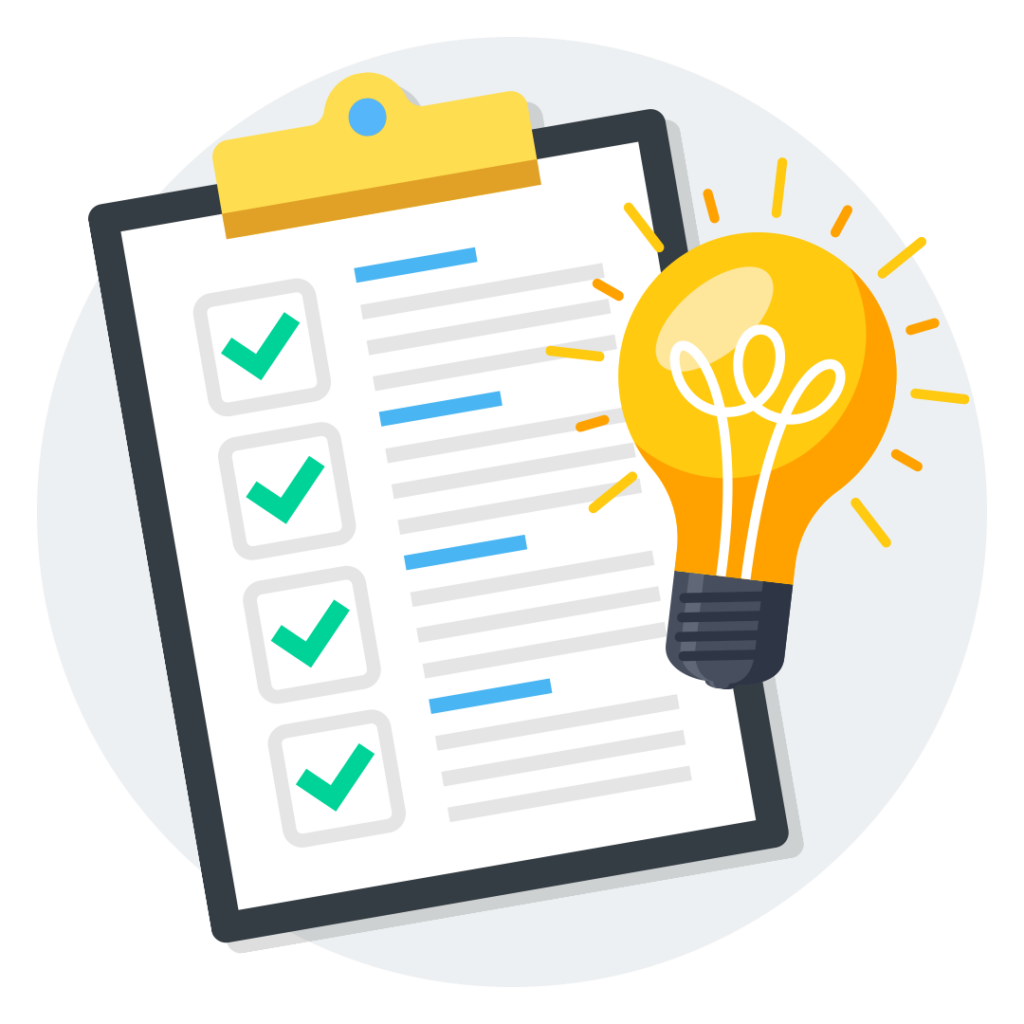
1. Accessible Facilities and Infrastructure
Follow accessible design best practices by installing ramps, elevators, accessible seating options, etc., to make training facilities and sporting venues more welcoming to people with diverse physical needs.
2. Accessible Websites
Much of the lead-up to involvement in sporting activities revolves around online searches and purchases. Accessible sports websites make it much easier for individuals with varied physical, cognitive, and neurological needs to research their options.
3. Accessible Equipment
Collaborating with manufacturers to design and create adaptive sports equipment for individuals with varied physical, sensory, and cognitive abilities removes feelings of anxiety and encourages everyone to get involved.
4. Accessible Online Viewing
Providing real-time captioning and sign language interpretation for online broadcasts enhances viewing experiences for fans with visual and hearing impairments.
5. Accessible Marketing and Communications
Make marketing communications as inclusive as possible by using simple language, ensuring social media accounts adhere to digital accessibility best practices, and utilising a variety of communication channels to cater to individual preferences.
6. Community Engagement
Collaborations and partnerships with disability advocacy organisations, local communities, and government bodies foster a more inclusive sports culture and help to expand opportunities for individuals with disabilities.
7. Promote Awareness
Implementing educational programs and training for sports staff, coaches, and volunteers enhances awareness and helps everyone understand the needs of athletes, fans, and spectators with disabilities.
Our 40-page Digital Accessibility & Inclusion Toolkit helps businesses break down online barriers and make a real impact. It offers practical advice on all aspects of digital accessibility, from writing an accessibility statement to accessible website tips and inclusive hiring.

How Recite Me Can Help
When it comes to online inclusion, Recite Me’s suite of on-demand tools makes it easy for sports businesses and organisations to make their websites accessible to individuals with a diverse range of needs. Our software bridges the gap between accessibility and usability, creating inclusive online experiences for individuals with:
- Physical mobility issues
- Vision impairments like blindness, partial blindness, blurred vision, deaf-blindness, and colour blindness.
- Neurodivergent traits like dyslexia, dyspraxia, hyperlexia, and dysgraphia.
- Attention disorders like attention deficit hyperactivity disorder (ADHD).
- Language and literacy problems.
- Learning disabilities.
- Hearing loss.
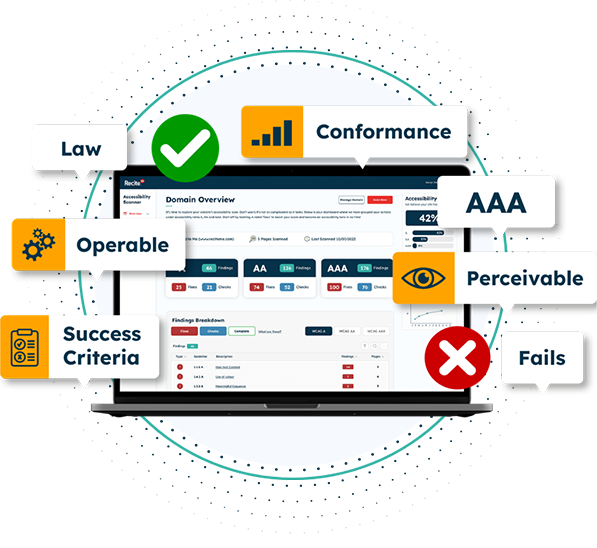
Make Your Website Accessible
An accessible website is one that is designed and developed to ensure that people with disabilities can perceive, understand, navigate, and interact with the content effectively. One of the easiest ways to ensure inclusive online journeys is to make your website compliant with the Web Content Accessibility Guidelines (WCAG) 2.1 Level AA.
For public sector sports organisations, making online content accessible is a legal requirement. However, it’s just as essential that private sector entities make their content accessible to athletes, fans, and spectators, as one in every five people has a disability that can make accessing online information challenging.
The Recite Me Website Accessibility Checker audits back-end and front-end web development processes by running 396 separate compliance checks in line with WCAG 2.1 and breaking down the issues you should be working to fix.
Schedule a free demonstration or run a free scan of your website today to learn more!
Treat Every Website Visitor as an Individual
Improving accessibility on your website is a great start. However, an accessible website doesn’t necessarily equate to an inclusive website, because every visitor has a unique set of needs and preferences. What makes a website truly inclusive is providing options so individual users can make customisations to view web pages in the best way for them.
The Recite Me Toolbar promotes inclusivity by allowing individuals with sight loss, cognitive impairments, learning difficulties, physical disabilities, and varying linguistic needs to create customisable online experiences by:
- Personalising font size, type, and colour options.
- Choosing the exact colour contrast between the text and background.
- Utilising the mask screen tool to help with focus.
- Using the ruler tool to make reading easier.
- Downloading content as an audio file as an alternative to reading.
- Converting page content into over 100 on-screen languages.
- Having the page read aloud in a choice of 65 languages.
- Customising PDF documents or having them read aloud/ translated.
- Zooming in on any part of a webpage.
- Using the built-in spell-checker and a fully integrated dictionary and thesaurus.
Schedule a free demonstration, or try the toolbar today to learn more.
